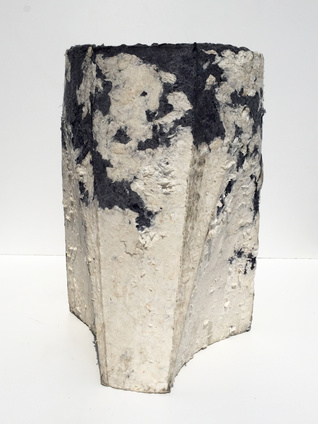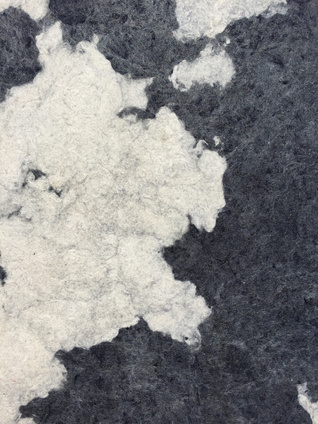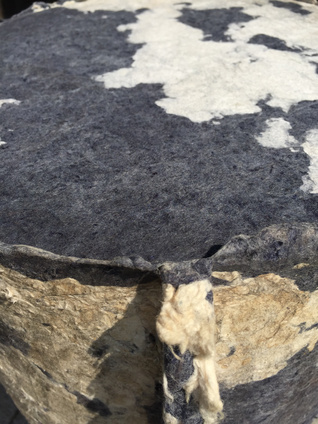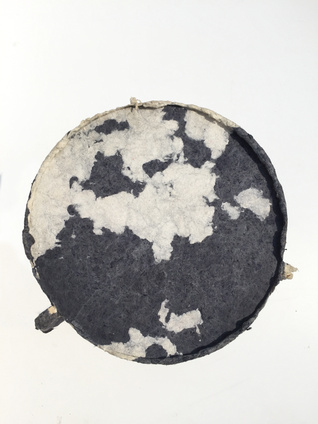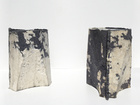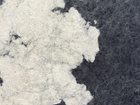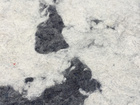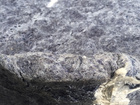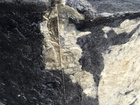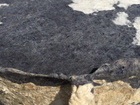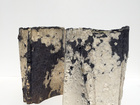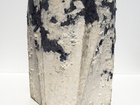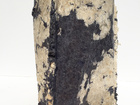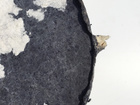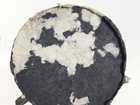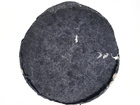If no one thought innovatively or dared to experiment with what is familiar, society would stagnate and come to a halt. So design is very much about innovation and new ways of thinking. About doing something new and different, and having the courage to fail - and the courage to keep at it. Meet the designer, Astrid Tolnov. In her degree project she created a new material for furniture production.
Your degree project is entitled ‘From Fibre to Form’ – what is it all about?
I worked on developing a textile composite material that can be used in furniture production. A composite material is defined as a material that is composed of at least two different materials, which, when mixed, result in a new material with new properties.
Throughout the working process I concentrated on making the material visually interesting. Ultimately, the aim was to use it as load-bearing material in a seat, so it had to be strong enough to bear the weight of a body.
The final material is made of blue and white cotton fibres (100% recycled fibres) and polyester fibre (50% recycled fibre). The polyester fibres work both as a binding agent and as reinforcement in the final composite material. The fibres are developed into airy pads, which, under heat and pressure, turn into a visually interesting material with excellent strength properties.
I chose to call the stool, which resulted from my work, ‘Fibre Issue’.
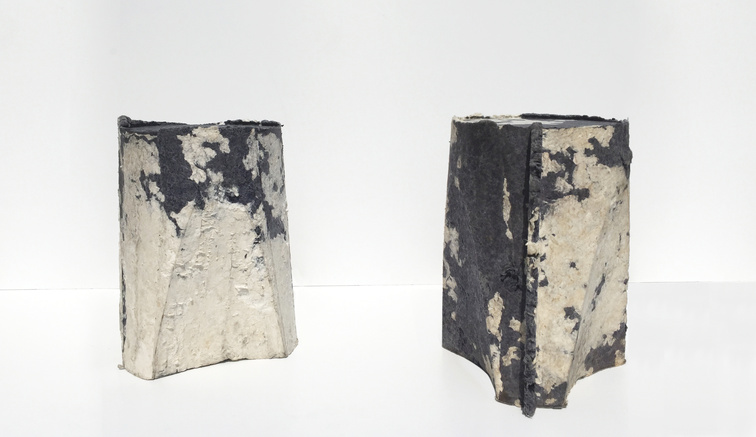
What was your motivation for this project in particular?
Because I have a background as a model seamstress, textile has, more or less consciously, crept in as an obvious choice of material, when working on my furniture and product designs. In my degree project, I chose to explore and challenge this working procedure even further by experimenting with the deconstruction of textile as woven material, thereby developing new applications for textile in the furniture context.
By taking a step back in the production process, and starting by developing the actual material, I challenged myself as a designer.
Did you work with other people during the process, and how did that affect your work process?
Throughout the project I was in discussion with the Danish Technological Institute (the composite department in Aarhus), the company Really, the University of Copenhagen (the Department of Geosciences and Natural Resource Management), Fiberpartner and Gladsakse Klip og Buk. All of them were extremely helpful in the various working procedures involved in the project.
It was incredibly rewarding to talk with professionals who possess specialised knowledge. Besides providing me with new knowledge and helping me throughout the work process, it has also given me a number of new contacts and acquaintances, whom I can hopefully benefit from in subsequent projects.
The project was partly sponsored by Really, Fiberpartner and Gladsaxe Klip og Buk.
Where do you imagine your degree project will make a difference?
I hope my project will help shift our biased awareness of how materials can be used in a furniture context. I think it might be interesting to see whether furniture, which results from an experimental approach to form and materials, can contribute to new narratives in the Danish furniture scene.
Can you see any development or employment opportunities in the project?
Personally, I still see development potential in the material, but I also see lots of other possibilities in the shape of various products, which I will work more on, once I’ve completed my degree. I believe that my final project can create job opportunities, if not through a company, then for me as a self-employed designer.
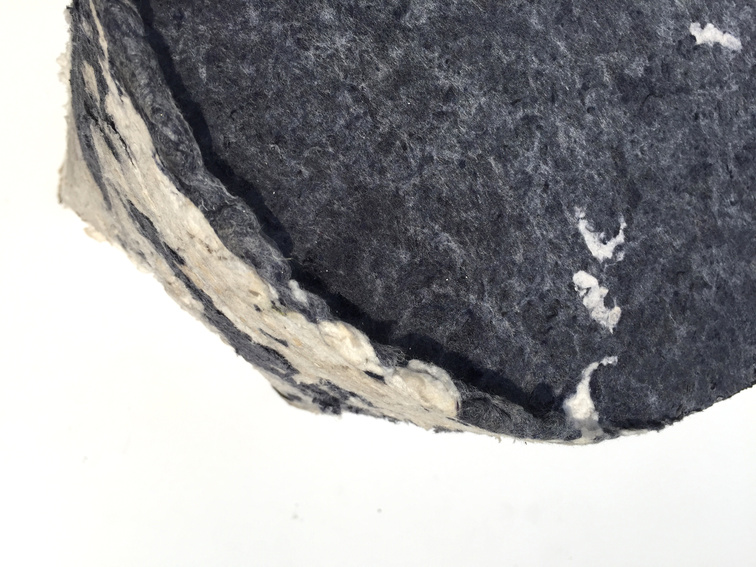
What sort of development potential do you think the project has?
The project was part of a preliminary investigation phase in Næstved Municipality, and I think it could be very exciting to be allowed to continue the project. It has a lot of potential for development and there is a lot more to work on.
Næstved Municipality want to implement walking routes in various locations in the municipality, the project was not site-specific. So it can certainly be implemented elsewhere.
What are the most enjoyable and the most difficult aspects of designing the way you do?
What is most enjoyable and most difficult about working in the field of co-design is the fact that you are working with people. Working with other people is the most inspiring and the most unpredictable thing one can do! And of course it affects the process. Processes become extremely complex, but also lead to a more sustainable result. I love the combination of enjoyable and difficult.
If you were to identify a design, which you would have loved to design. what would it be, and why?
I’m a big fan of MASS Design Group. I would love to have been involved in the design of the Butaro Hospital in Rwanda and developed the working methods they use. MASS does not only work with architecture and user involvement in the design process; they also involve the local community in the construction of the new hospital: for example, by training the local people as carpenters, bricklayers and project managers. This provides them with employment opportunities during and after the construction process.
What do you think is your greatest strength as a KADK design graduate?
My greatest strength as graduate designer from KADK is the combination of my Bachelor’s degree in Spatial Design and my Master’s in CoDesign. The combination means that I can use co-design methods to create practical, beautiful environments together with users and other groups of professionals. My designer’s eye, when combined with the user’s knowledge and experience provides a more durable solution.
It is also a huge strength, even as a student, to have managed complex processes with lots of stakeholders.


